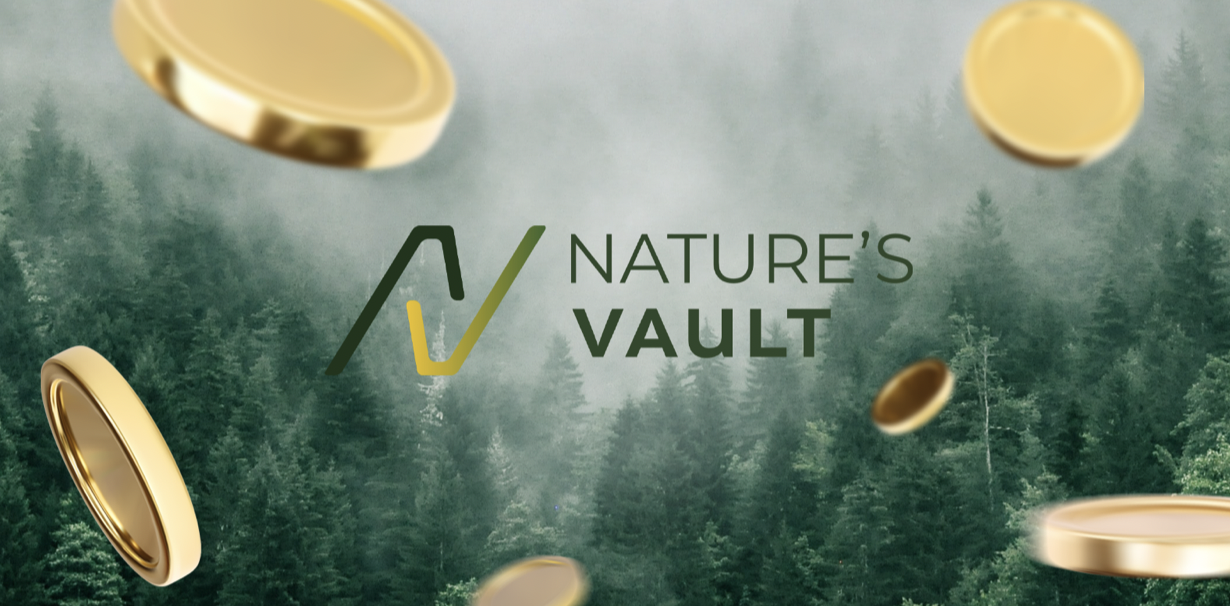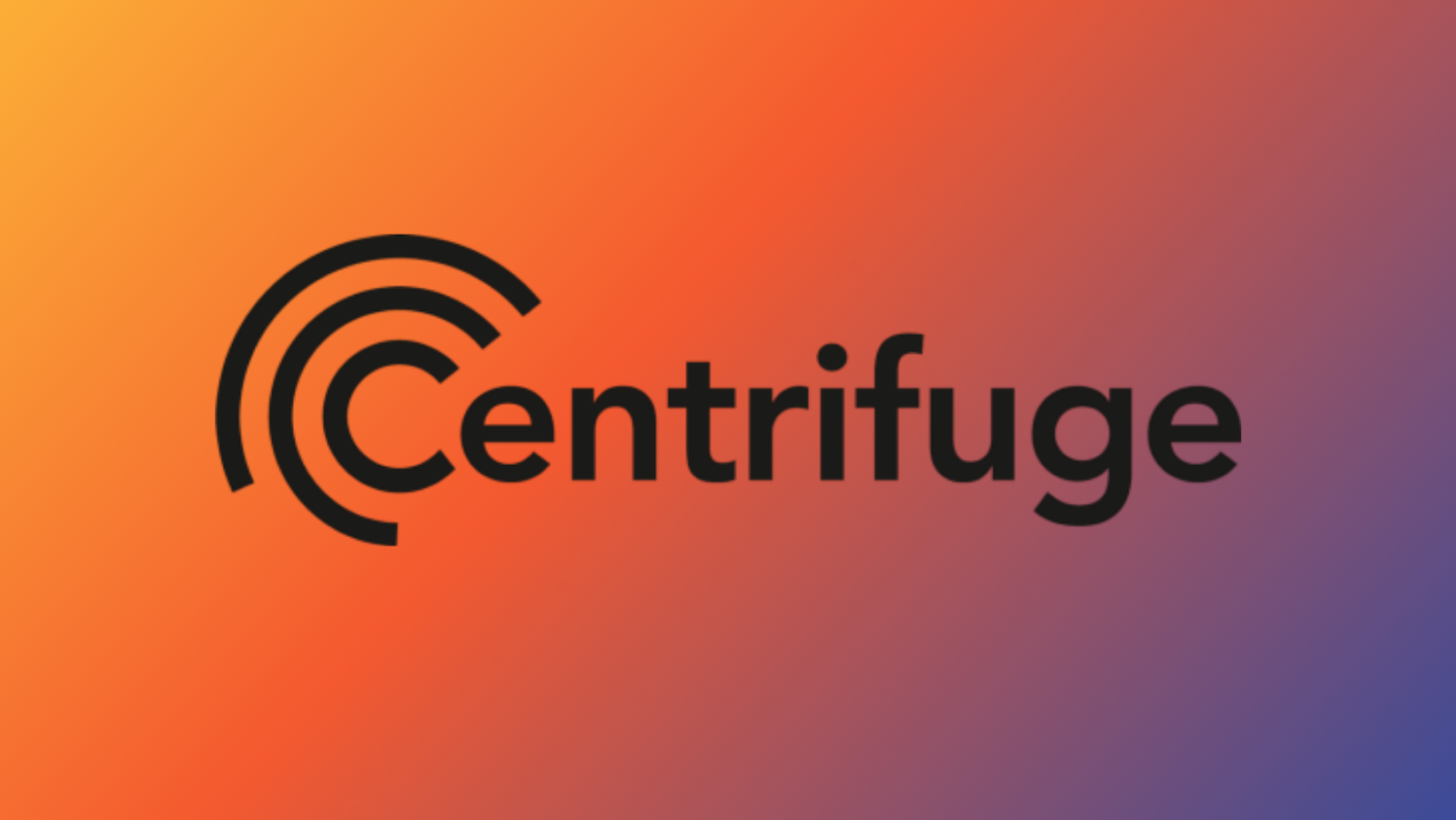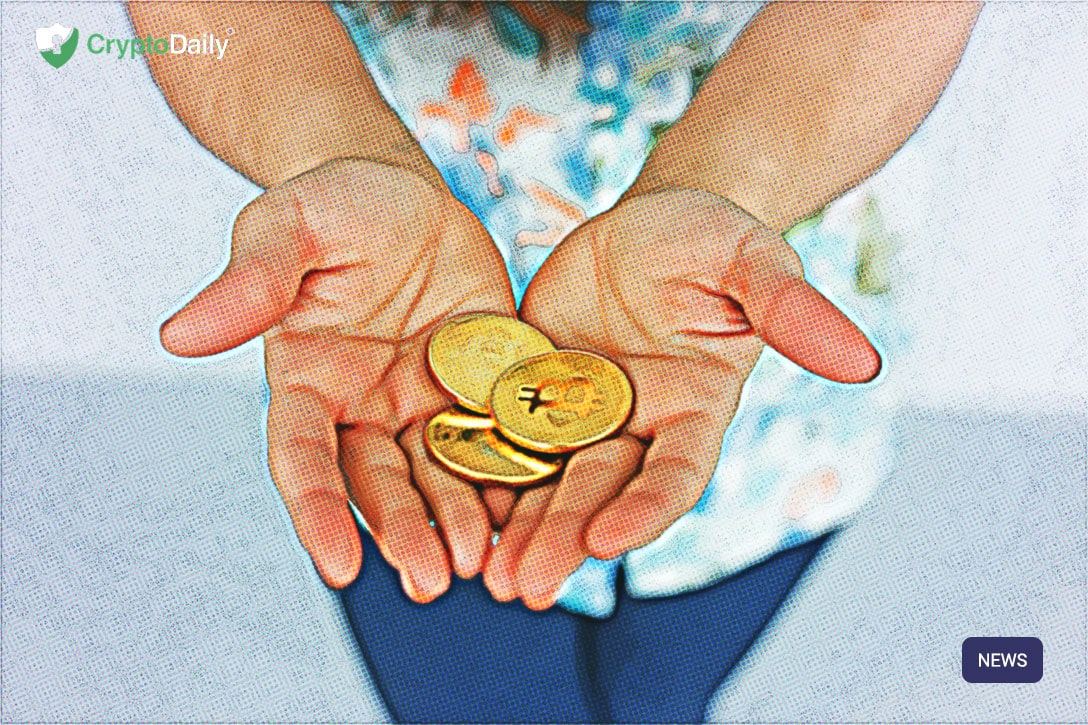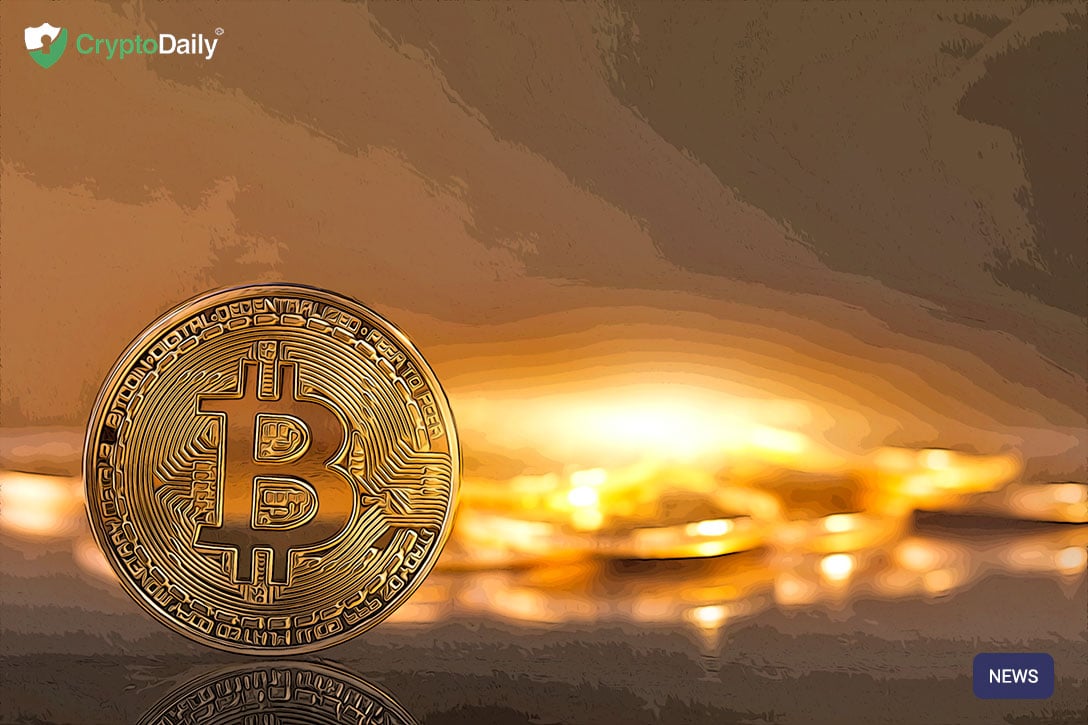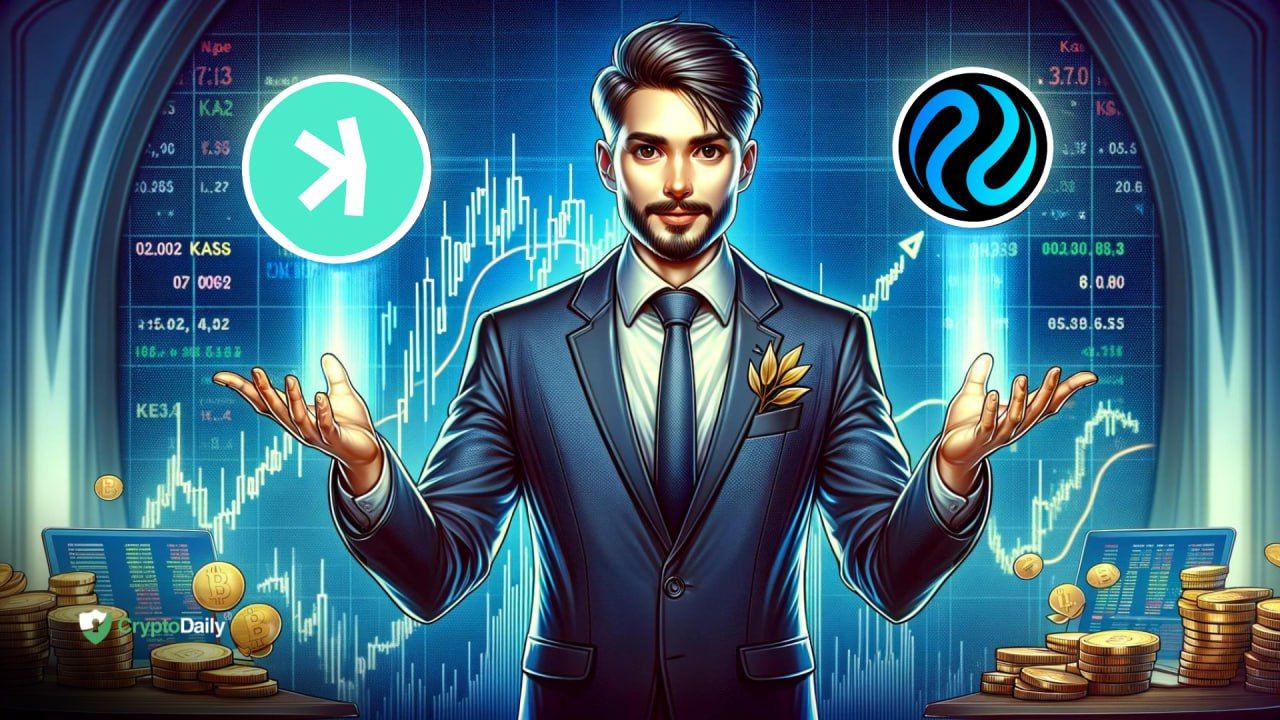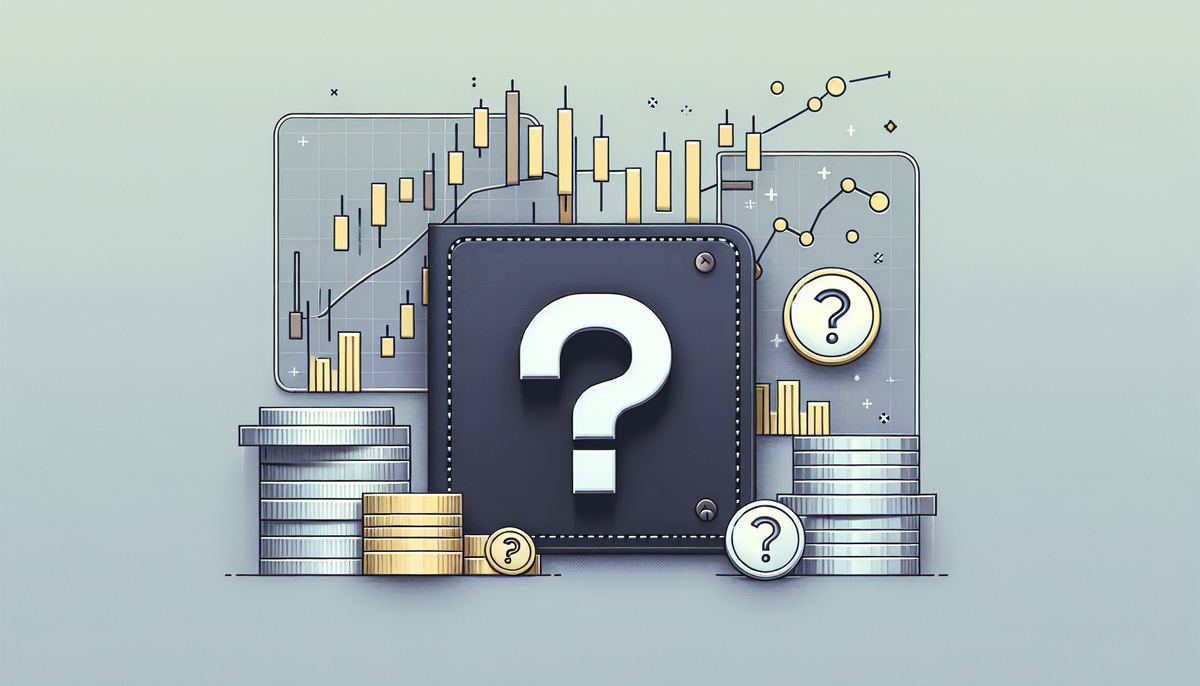Tokenization involves dividing assets digitally for accounting and trading. Digital tokens are issued through tokenization are recorded on the blockchain. A unit of the token issued through tokenization proves ownership of real-life assets. Tokenization is popular among investors because tokenization enables liquidity of hard assets. A small unit of real-life assets like gold, silver, houses, or alternative assets like artwork can be transferred from one person to another on digital platforms.
Tokenization enables the division of assets.
A token unit can be divided into up to thousands of a part to be traded on a peer to peer networks. The price of one ounce of gold is around US$ 1,900 today. Some investors might be interested in owning a part of Gold but don't have such an amount to invest in Gold. The ownership barrier is removed through tokenization. A user who invests in a tokenized gold can have less than one-thousandth of gold and enjoys the same benefit of owning a real-life asset. Creative works like artworks can also be tokenized through blockchain, with each unit digitally representing a part of the artwork, dividing the artwork in real-life will destroy the work.
The double benefit of tokenization
Tokenization gives investors the benefit of owning a blockchain asset and owning a real-life asset too. The tokens issued can be transferred through blockchain. Transactions through blockchain are transparent, fast, auditable, and removed intermediary. The tokens are also representing real-life assets. For example, a transaction involving a silver asset back tokens can be transferred from the buyer to the seller within seconds on the blockchain network. The value of silver is still maintained. If it were to be done in real life, cars guided by security personnel might be needed to complete such a transaction.
Tokenization helps to solve the volatile problem.
The cryptocurrency market is very volatile. The price of a coin can drop by 80% in one hour. Asset-backed tokens ensure price stability. If a token unit is represented in silver and the price of the token reduces on the cryptocurrency exchange. Since the price is tied to silver, the token will never go down beyond silver, which ensures that the tokens will not be affected by the cryptocurrency market’s high volatility.
Problems of tokenization
The major problem of the tokenization of assets is fraud. It is difficult to defraud investors on the blockchain, but it's easier in the real life. Because assets backed tokens are divided into the tokens and the real-life asset. Many malicious scammers issue tokenize projects that are not backed by any assets, as told to investors. This happened a lot during the 2017 ICO pump. Many projects that offer tokenized assets ended up to become pump and dump scams. Investors discover that there is money invested in real-life assets, the owners of the project exit leaving worthless tokens for investors. Perhaps, a smart contract that will track real-life assets in the future, the problem of fraud is the major problem of tokenization today.
Conclusion
Tokenization is one of the most important benefits of blockchain technology, units of assets can be represented digitally on the blockchain network by a smart contract, and they can be traded. However, tokenization is not without its challenges. Many projects having tokenized assets have the tokens without the assets. Many inventions will take place in the coming years to improve tokenization. For now, it's a blockchain technology innovation that has not been fully explored.
Investment Disclaimer
